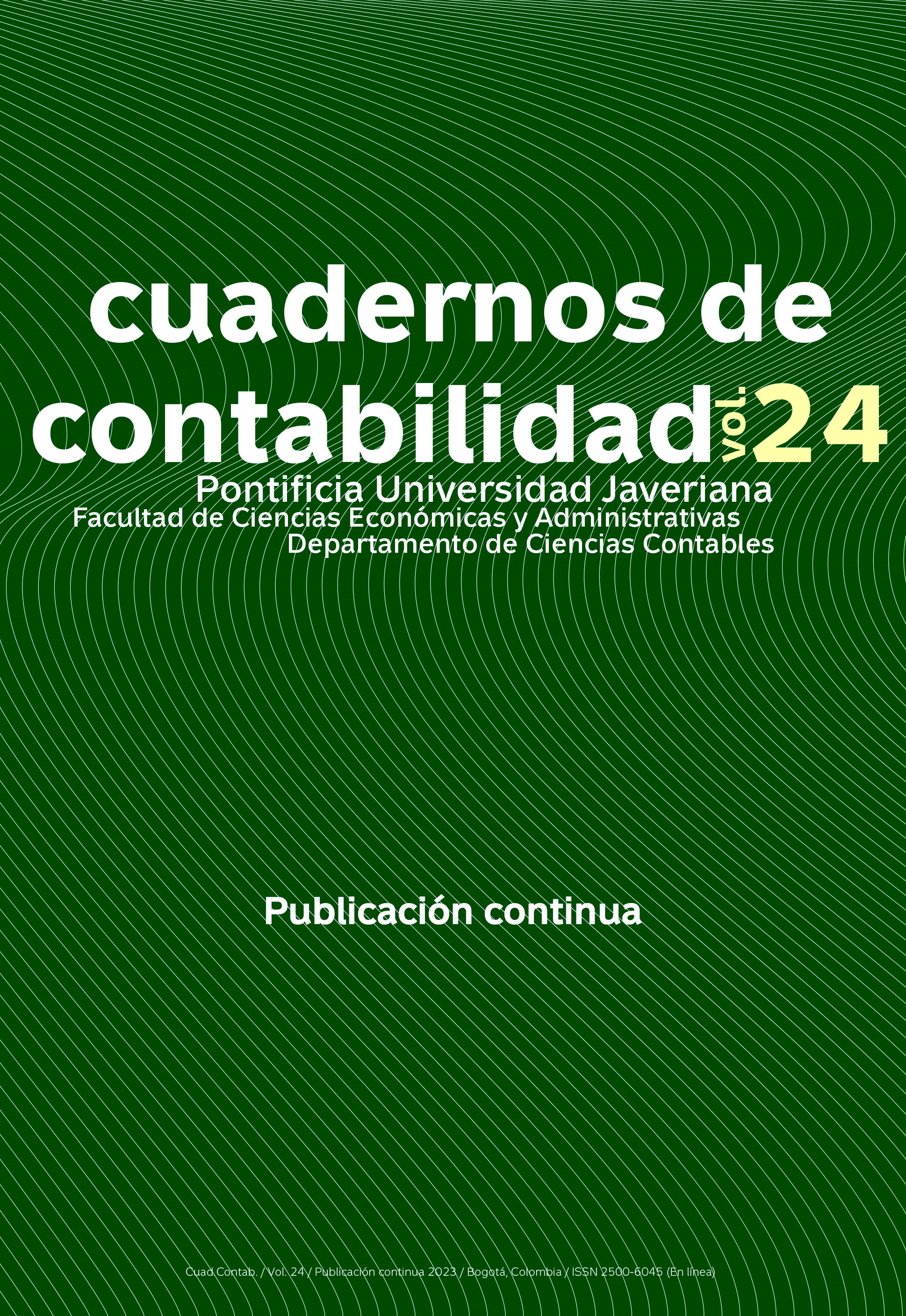Resumen
Este trabajo explora la reacción del mercado y de los inversores al anuncio de Cambios Voluntarios de Auditores (CVAs) para las empresas públicas brasileñas entre 2012 y 2019. Para ello, se aplicó el método de estudio de eventos sobre rentabilidad y volumen de negociación de acciones, frente a una muestra de 80 CVAs realizados por 66 empresas. La muestra principal también se separó en submuestras de acuerdo con el tamaño de la auditoría y la opinión emitida por el auditor reemplazado. Los resultados indican que, en general, no hay reacción del mercado ni de los inversores al anuncio de los CVAs. Además, identificamos que muchas empresas brasileñas no revelaron las razones de los CVAs o dieron razones genéricas. Este hallazgo es importante porque muestra que los entornos institucionales que tienen cambios obligatorios de auditor en períodos cortos, como Brasil, pueden reducir el efecto sorpresa de la divulgación de los CVAs. Este hecho, sumado a la opacidad de los cambios del auditor, por lo tanto, minimizaría la relevancia del CVAs para el mercado.

Esta obra está bajo una licencia internacional Creative Commons Atribución 4.0.
Derechos de autor 2023 Anderson Monteiro de Andrade, Adolfo Henrique Coutinho e Silva, Moacir Sancovschi


